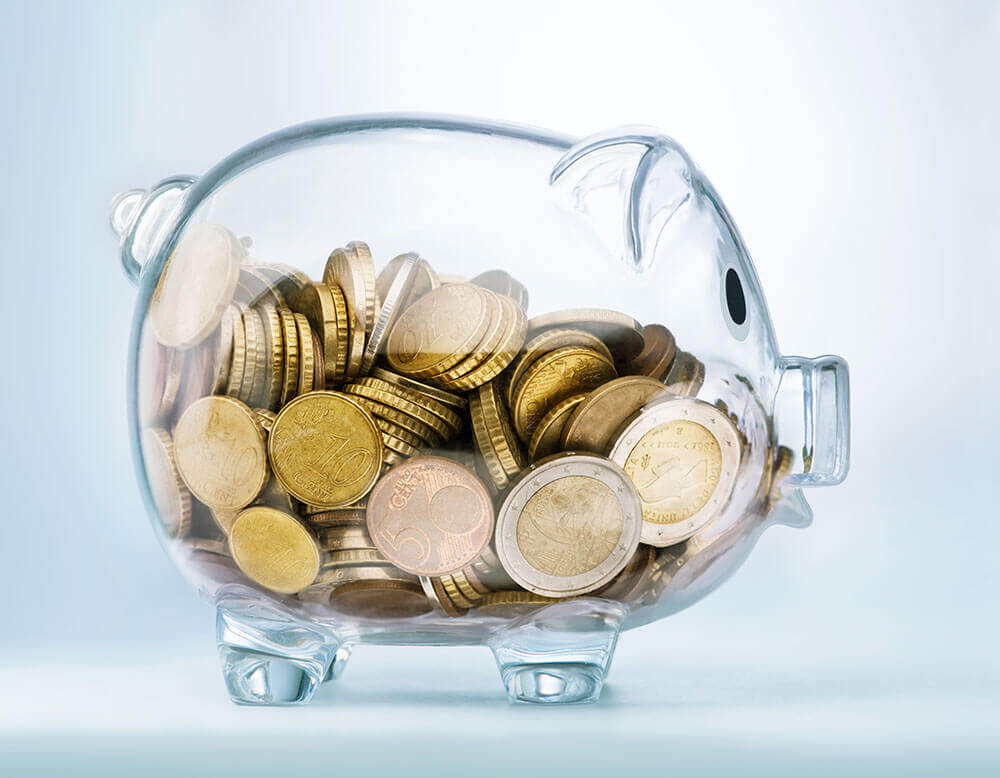More bookings, higher rates, better occupancy … what do you think is top of the mind for every hotelier? Yield – how much revenue all of the above get you.
NB: This is an article from Staah
In this blog we demystify yield management – the art of maximizing revenue by selling your room to the right person, at the right time and at the right rate. It involves understanding, anticipating and influencing guest behavior to maximise the profits for your property.
Historically used by the airline industry, yield management made its way into the hospitality industry in the 70s. The old day yield managers have evolved into revenue managers.
Revenue management vs. yield management: what’s the difference?
While there are many similarities, revenue and yield management are two distinct concepts. Yield management is narrower in scope, focusing on selling price and volume of sales with the object of maximising revenue (price optimisation). Revenue management is broader in scope, including the overall strategy and in-depth analysis and forecasting.
How is yield calculated?
Say you have unoccupied rooms. The principle of yield management is about ensuring that these rooms are filled in the most profitable manner. It recognises that guests will pay different rates for the room depending on circumstances. It’s about pricing based on demand and supply.
Mathematically the formula is:
Revenue per available room = average room rate X occupancy rate
Demand forecasting plays an important role in yield management
You need to understand your customers, their sensitivity to pricing and layer this information with seasonal demandto maximise yield. For instance, a business traveler is likely to be less price sensitive than a family. As you probably cater to both, you need t understand your demand trend to know how many rooms to sell at a discounted rate to the family traveller and how many to reserve for the higher-paying business traveller.
Yield management strategies to consider
Once you understand your business mix and demand (including high season, events, etc), yield management comes into play. Remember, it’s not just about increasing your room rates – it’s about understanding who will buy at what rate and when.
Here are some factors you should consider when optimising for yield:
- Special rates for multi-room stays
- Reward long-staying guests with upgrades
- Special packages tied up around seasonality and events (eg. Mother’s Day)
- Special rates for groups, tours, airlines, conferences, etc
- Like high vs low season rates, apply days of the week rates
- Use room types to distinguish rates and provide value
- Focus on direct bookings versus commission-heavy OTA or GDS bookings
- Leverage your online reputation to your advantage. Guests are more likely to book with you if you have good reviews
- Don’t discount upselling and cross-selling in your strategy to improve yield
Many of the above strategies can easily be executed via your booking engine and channel manager. These along with your property management system (PMS) is a warehouse of information your need to get started on your yield improvisation journey.





